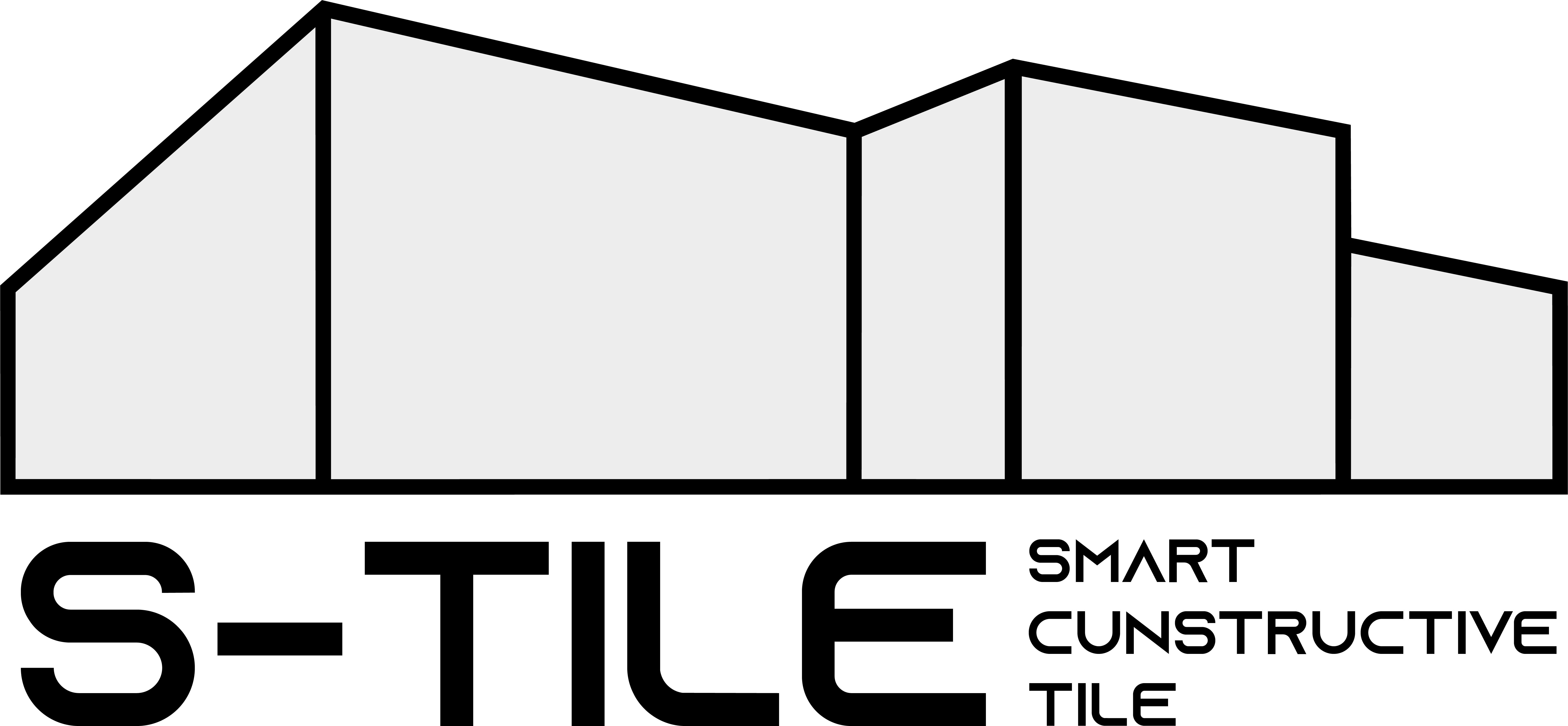In recent years, the construction industry has been placing an increased focus on sustainable building practices. Designing for sustainability involves incorporating environmentally friendly materials and technologies that reduce energy consumption and minimize the impact on the environment. One such innovative solution is the integration of smart constructive tiles into green building practices. These tiles not only offer aesthetic appeal and functionality but also contribute to the overall sustainability of a building. In this article, we will explore how smart constructive tiles can be incorporated into green building practices and the benefits they provide.
Sustainable Materials and Production Processes
Smart constructive tiles are designed with sustainability in mind. They are typically made from recycled or recyclable materials, reducing the demand for virgin resources and minimizing waste. The production processes of these tiles also prioritize energy efficiency and water conservation, further reducing their environmental footprint. By using sustainable materials and production practices, smart constructive tiles contribute to the overall sustainability goals of a building project.
Energy Efficiency
One of the key benefits of smart constructive tiles is their ability to enhance energy efficiency. These tiles incorporate advanced technologies, such as integrated sensors and IoT connectivity, to monitor and control various building systems. By collecting data on occupancy, temperature, and lighting conditions, smart constructive tiles can optimize energy usage and reduce waste. For example, they can automatically adjust lighting levels based on natural light availability or occupancy patterns, ensuring that energy is only used when needed. By integrating these tiles into a building’s design, architects and engineers can significantly improve energy efficiency and reduce the building’s carbon footprint.
Indoor Environmental Quality
Smart constructive tiles also contribute to the indoor environmental quality of a building. With their built-in sensors, these tiles can monitor factors such as temperature, humidity, and air quality. This data enables the system to make real-time adjustments to optimize comfort and air quality levels for occupants. By maintaining optimal indoor environmental conditions, smart constructive tiles create a healthier and more productive indoor environment. Improved air quality and thermal comfort positively impact the well-being and productivity of building occupants.
Water Conservation
Incorporating smart constructive tiles into green building practices can also contribute to water conservation efforts. These tiles can be designed to collect and recycle rainwater, reducing the demand for potable water for non-potable purposes such as irrigation or toilet flushing. Additionally, the sensors in the tiles can monitor water usage and detect leaks or excessive consumption, allowing for prompt repairs and efficient water management. By integrating water-saving features into the design of the tiles, architects and designers can help reduce water consumption and promote sustainable water practices.
Waste Reduction and Recycling
Smart constructive tiles promote waste reduction and recycling throughout their lifecycle. During production, the use of recycled materials reduces the need for extracting virgin resources. Additionally, at the end of their life cycle, these tiles can be easily removed and recycled, further minimizing waste. By designing buildings with smart constructive tiles, architects and builders contribute to the circular economy by reducing waste generation and extending the lifespan of materials.
Conclusion
Incorporating smart constructive tiles into green building practices offers numerous benefits for sustainable construction. These tiles not only enhance energy efficiency but also contribute to improved indoor environmental quality, water conservation, and waste reduction. By integrating these innovative tiles into the design of buildings, architects and designers can create sustainable and environmentally friendly spaces that prioritize the well-being of occupants. As the construction industry continues to embrace sustainable practices, smart constructive tiles will play a vital role in designing for a greener future.


